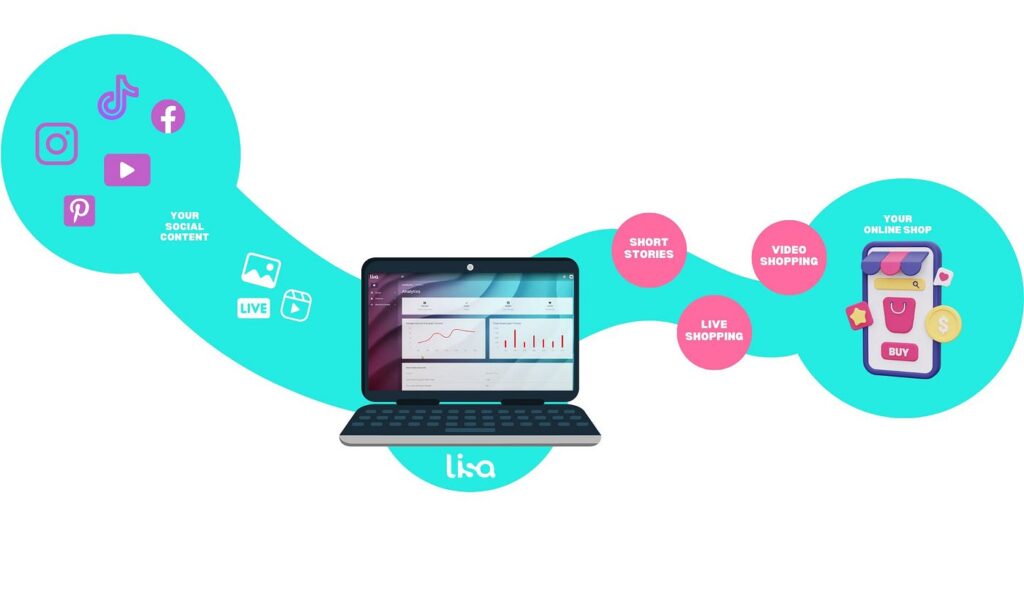
In the dynamic realm of e-commerce, the key to success lies not only in attracting visitors to your app but also in converting them into loyal customers. One potent weapon in your engagement arsenal is the strategic use of in-app pop-ups. Let’s explore how you can leverage the power of in-app pop-ups to elevate your conversion rates and enhance the overall customer experience.
1. Timing is Everything: Strategic Trigger Points
Entry Pop-ups:
Make a memorable first impression by greeting visitors with a welcome pop-up. Use this opportunity to highlight special offers, discounts, or exclusive deals, enticing users to explore further.
Exit-Intent Pop-ups:
Capture the attention of potential bounce-offs by deploying exit-intent pop-ups. Offer a last-minute discount or present a compelling reason to stay, turning potential exits into conversions.
In-App Activity Triggered Pop-ups:
Initiate pop-ups based on user interactions within the app. For instance, if a user has spent a significant amount of time on a particular product page, trigger a pop-up showcasing related items or offering a limited-time promotion.
2. Personalization: Tailoring the Experience
User Segmentation:
Segment your user base based on preferences, purchase history, or demographics. Deliver targeted pop-ups that resonate with each segment, ensuring a personalized experience that boosts engagement.
Dynamic Content:
Craft dynamic pop-up content that adapts to user behavior. Showcase products recently viewed, highlight items in the shopping cart, or suggest complementary products based on individual preferences.
3. Clarity and Value Proposition: Crafting Compelling Messages
Clear Call-to-Action (CTA):
Ensure that your pop-up has a clear and compelling CTA. Whether it’s to claim a discount, explore new arrivals, or subscribe to newsletters, the CTA should be easily understandable and action-oriented.
Concise Messaging:
Keep your pop-up messages concise and to the point. Clearly communicate the value proposition or the benefit users gain from taking the desired action.
Visual Appeal:
Enhance the visual appeal of your pop-ups with eye-catching graphics and brand-consistent design. A visually appealing pop-up captures attention and reinforces brand identity.
4. A/B Testing: Optimizing for Success
Experiment with Designs:
Conduct A/B tests on different pop-up designs to identify what resonates best with your audience. Test variations in color, layout, and content to optimize for conversion.
Timing Variations:
Explore different timing settings for your pop-ups. Test variations in the delay before a pop-up appears or the time spent on a page before triggering an exit-intent pop-up.
Conclusion: Elevating E-commerce Engagement with In-App Pop-ups
In-app pop-ups, when strategically deployed, have the potential to significantly impact your e-commerce conversion rates. By understanding your audience, personalizing the experience, and experimenting with different elements, you can turn in-app pop-ups into a powerful tool for customer engagement and retention.
Remember, the key lies in finding the right balance between capturing attention and providing genuine value. As you refine your in-app pop-up strategy, you’re not just driving conversions; you’re creating a more engaging and user-friendly e-commerce experience that keeps customers coming back for more.
